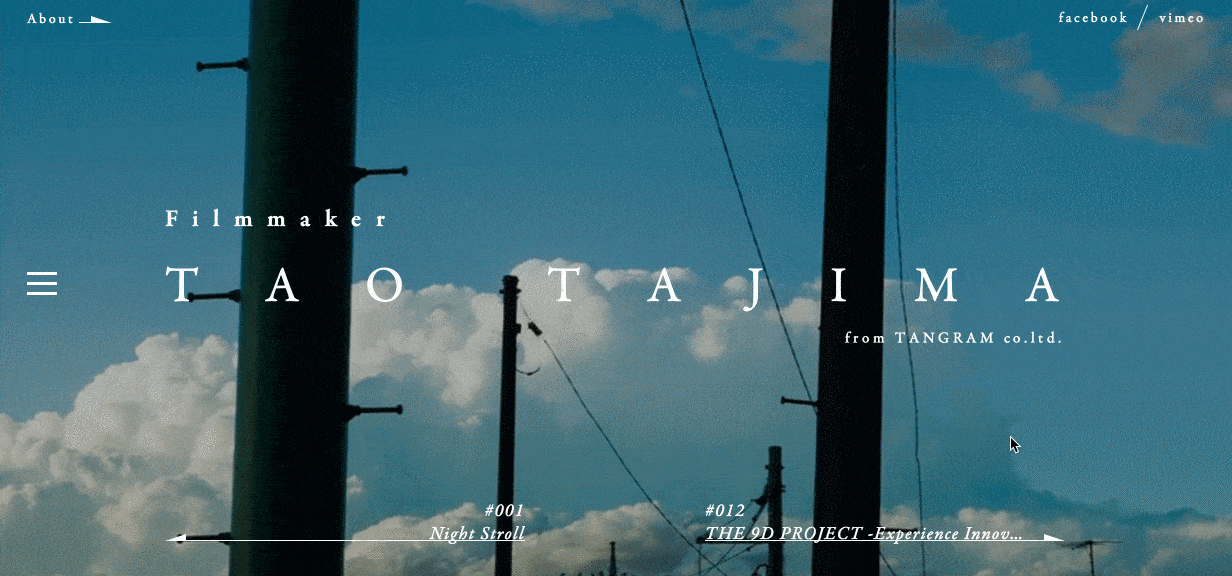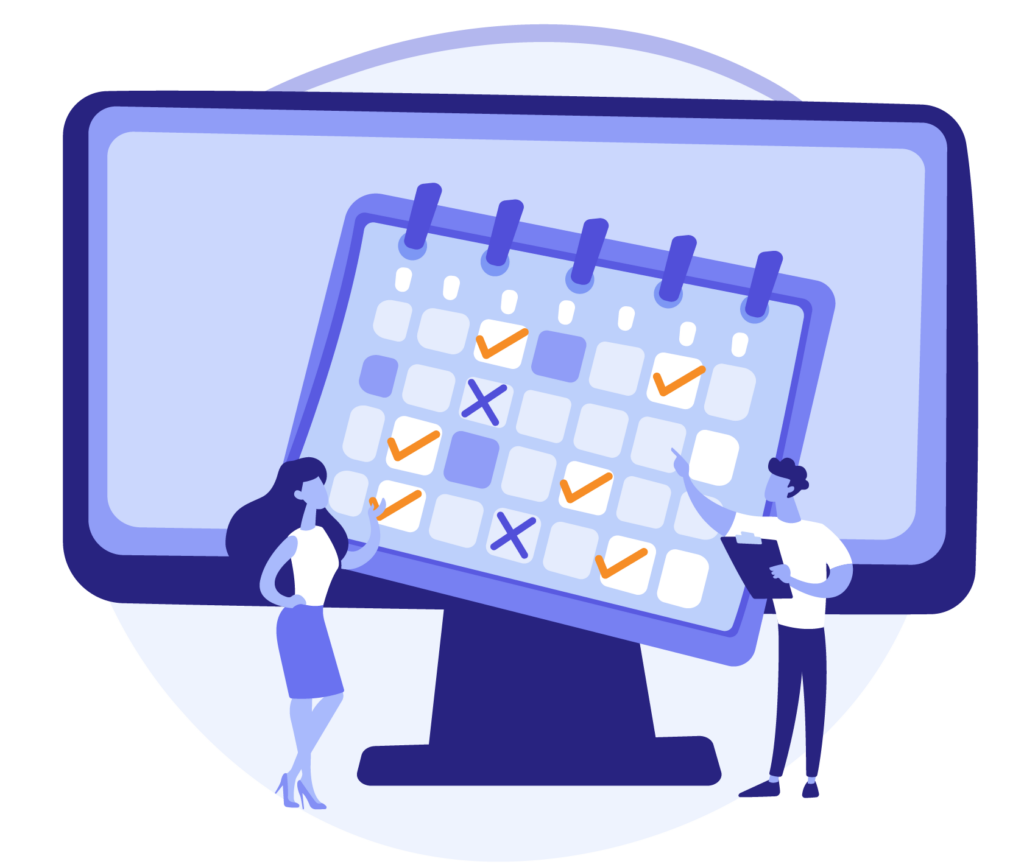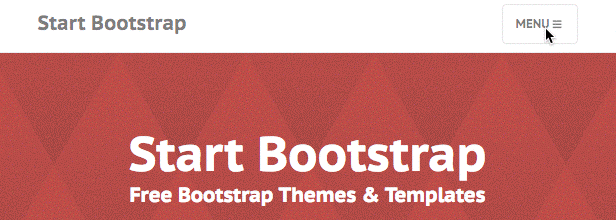A custom WordPress project takes a lot of time and skill to be developed. Some WordPress projects could take more than 200 hours to complete and more often than not you won’t be able to predict it by going with an educated guess.
Failing to estimate time of building a WordPress website accurately, puts the whole project in danger. You risk your client missing his business goals as well as your own reputation and credibility.
Avoiding such a situation requires a detailed plan to determine how much time it will take to be built. And it’s better to go down to a granular level, breaking down the project to small pieces and evaluating each one of them to better predict the amount of time to complete it.
In this article, you will find out how the process of estimating time looks like from an agency’s perspective. It’s useful if you’re developing WordPress websites yourself (as an agency or a freelancer) or if you’re ordering a WordPress website from someone and are looking to find more about the process and what goes into the price.
Before we continue, there are a couple of disclaimers:
- We will talk strictly about the development part of a WordPress project. Design, SEO, content creation, etc. are factors that will drive the time and cost further and are topics for another article.
- It’s important to understand that presented estimations in this article are assumed for an experienced developer and not a rookie.
- Presented estimated hours also include internal quality assurance, so it means finished work and not just a first revision.
- We also won’t be talking about cost here. How much anyone is charging for their work is completely up to them.
At the end of the article, you’ll find a calculator where you can put the number of pages, choose the list of features and get an estimate of how long a project will it take to be built. You can even put your hourly rate there to see what minimal fee you can charge. The results are ballpark numbers, but you will get the idea.
What drives development time?
Obviously, each web project is different, but there are some main factors that drive development time:
- Number of unique page templates
- Sections per page
- Content moving
- Features – Front-End
- Features – Back-End
Using those factors you can break down a range of projects, from a simple brochure-like website to a multifunctional e-commerce platform. So let’s look at them closely:
Number of unique page templates/sections per page

First, let’s get these two out of the way. They’re self-explanatory really, but there are some nuances.
A basic homepage usually consists of 3-5 sections, plus a header and a footer. Most of the time header and footer will remain consistent throughout the site, so you only build them once.
On average a single section can be built in 1-2 hours. Note that we’re talking about sections that do not require any special features, those we’ll discuss later.
So a 5-section template usually takes 6-8 hours to build.
Content moving

Most of the time you’ll deal with revamping old sites, so you need to take into consideration an amount of time you’ll spend on content moving. The point of WordPress (and all other CMS’s for that matter) is to make all content editable through the admin panel. The content here will not only be articles or marketing messages but small things like text on the button, a link to that button, images to the smallest of icons, etc.
Depending on the number of pages, this could take as few as 15 minutes, but also can reach double figures for hours. We usually go by the rate of 6 hours per 20 pages. So about 20 minutes per page.
Front-end features

Front-end features usually take a huge chunk of total development time.
It’s rare to see websites these days that don’t have something beyond text and pictures. Everyone wants some features that will make their website appear livelier or more dynamic.
Features like sliders, parallax, SVG animations or anything that is trendy in the web design world right now are the theme of this section. This is where we get granular and talk about each feature separately.
Note that we will talk only about some of the most common features. There are some other-wordly websites out there with crazy animations and interactive elements and while those are fun to make, doing estimates for those will require some different techniques. We will stick to the basics for now.
Bear in mind, the hours for each feature is counted as an extra to standard hours for making a template, that we talked about in previous sections.
Custom Responsive Menu – 2-4h. If you’re using bootstrap or foundation (front-end frameworks) variants of a responsive menu, it doesn’t take too much time to make, so there’s no point in counting it as a special feature.
But if your customer wants something original, something custom, that will take some extra time. On average a custom responsive menu will take 2- 4 hours to make. Example:

Pop-up – 2h. Pop-ups are not hard to make but to program what triggers them can take some time.

On average, pop-ups usually take about 2 hours to implement.
Slider – 2 – 8h. With the help of plugins like Slick Slider, you can create sliders pretty fast. Your typical slider can be done in 2 hours, but sliders that will combine images and video, for example, can take up to 8 hours of development time.
Custom Scroll – 1-2h. There’s a good plugin for that: “Page scroll to id”. But it’s also not too difficult to do it manually with some javascript. It will take an extra hour or two.
Custom Animations – 2-6h. Here we mean some of the most basic ones and not something like this.

More like sections appearing in a certain way with a transform or fade-in effects and a sticky header. Usually, those kinds of tasks take from 2 to 4 hours of time.
Background Video – 1h. Adding background videos is pretty straightforward for any developer, therefore it can be done within 1 hour.
Parallax – 4h. Parallax was all the rage in the world of web design just a few years ago. As with most trends, it got overused a lot. But if done right it can improve your website look tremendously by adding depth to it. Parallax.js is a cool little javascript plugin that helps with implementing parallax on your site. Or, as with most animation-related things, you can always use GSAP library.
AJAX “Load More” Button – 2h. Working with AJAX is relatively easy in WordPress and there are tons of tutorials on it. Load More button is the pretty straightforward work and can be done in 2 hours.
AJAX Filter – 4-8h. Filters like:

require some time to complete and, more importantly, a good technical level from the developer. Usually, it takes between 4 and 8 hours. Those are especially popular with WooCommerce projects which we will talk more about later.
Preloader 1h.Preloader is a quick piece of work for a developer, but it’ll still take an extra hour. Except if it requires some custom SVG animation or something, but that should be counted separately.
Form 2 – 4h. Most forms themselves should not take more than 2 hours to make. There are some trickier ones with some added conditions, but still, it’s easy enough to manage most it in 4 hours max.
Back-end features

When it comes to the back-end, the range of work is even bigger. WordPress gives you handy admin panel for free and it’s available to you straight away after you install WordPress. For basic websites, it’s enough to be able to manage the website.
If you want some new features, there are a lot of plugins to choose from. Sometimes you’ll get projects that will require a developer to modify the plugin in order to suit a client’s needs and this could take quite some time.
As with front-end features, we won’t be talking about the extreme examples, something like building a custom integration with Salesforce (that alone could easily take 100+ hours). Instead, we will try to cover some of the most in-demand features.
WooCommerce – 8-16h avg. WooCommerce is a mammoth of a plugin and has so many features itself that we could make it a separate list.
Installing WooCommerce plugin and doing some basic modifications can be done in 8 hours. But obviously e-commerce websites can vary in sizes the same way real stores do, so having the real upper line would have been disingenuous from us.
Most of our WooCommerce projects take about 20 hours for plugin customization. But it’s also worth noting that a typical WooCommerce project will have way more templates than your average non-e-commerce website, since you’ll need unique templates for things like cart, checkout, etc. Because of the sheer number of templates, the whole project will take a lot more hours to complete.
WPML (The WordPress Multilingual Plugin) – 4 – 12h. WPML is the plugin if you want to make your website multilingual. Setting it up will require some time and patience from the developer. Depending on the size of the website, it will take around 4 to 12 hours to finish.
Event Calendar – 8h+. Event Calendar is a very popular WordPress plugin for events. It’s very powerful and is pretty developer friendly: you copy plugin files to your theme and modify inputs the way you like it (same as in WooCommerce) or it’s possible to use their built-in functions(link). But it’s still quite a lot of development time to complete the adjustments. And also just like in WooCommerce there probably will be some added templates to the project.
Premium Theme – 8h avg. We like to build custom WordPress themes ourselves, but you can’t deny that there are some decent Premium themes out there. Installing and adjusting a premium theme will take more time than you probably think if you haven’t done it before. We usually use Divi or Avada and those usually take 8 hours to set up.
User Role (adding roles, groups) – 4-16h. Adding roles, groups and manage permissions is pretty common for larger websites. Depending on how complex the role structure is, development time can vary between 4 and 16 hours.





